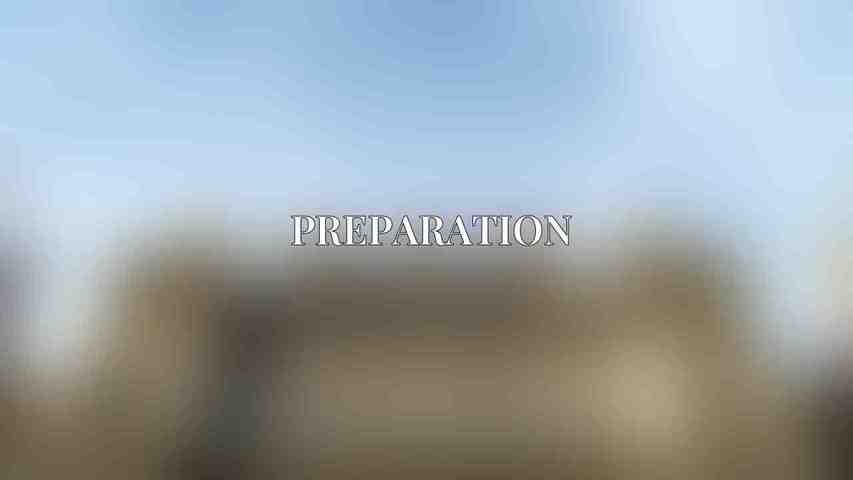When delving into the realm of diecast modeling, having the right tools and materials at your disposal is crucial for a successful and enjoyable experience.
| Product | Description | Link | |||||||||||||||||||||||||||||||||||||||||||||||||||||||||||||||||||||||||||||||||||||||||||||||||
|---|---|---|---|---|---|---|---|---|---|---|---|---|---|---|---|---|---|---|---|---|---|---|---|---|---|---|---|---|---|---|---|---|---|---|---|---|---|---|---|---|---|---|---|---|---|---|---|---|---|---|---|---|---|---|---|---|---|---|---|---|---|---|---|---|---|---|---|---|---|---|---|---|---|---|---|---|---|---|---|---|---|---|---|---|---|---|---|---|---|---|---|---|---|---|---|---|---|---|---|
| Diecast Models | Precision-crafted miniature replicas of real-world vehicles, aircraft, and more. | Diecast Models Wholesale | |||||||||||||||||||||||||||||||||||||||||||||||||||||||||||||||||||||||||||||||||||||||||||||||||
| Assembly Kits | Step-by-step instructions and all necessary components to build and customize your own diecast models. | Diecast Model Assembly Kits | |||||||||||||||||||||||||||||||||||||||||||||||||||||||||||||||||||||||||||||||||||||||||||||||||
| Tools and Accessories | Essential tools and accessories for assembling and maintaining your diecast models, including glue, paint, brushes, and more. | Diecast Model Tools and Accessories | |||||||||||||||||||||||||||||||||||||||||||||||||||||||||||||||||||||||||||||||||||||||||||||||||
| Visit Diecast | |||||||||||||||||||||||||||||||||||||||||||||||||||||||||||||||||||||||||||||||||||||||||||||||||||
Essential Tools:
- Tweezers (Fine-tipped and pointed): Essential for handling small parts with precision.
- Small Screwdriver (Phillips and flathead): Necessary for tightening screws and securing components.
- X-Acto Knife: Useful for cutting and trimming delicate parts.
- Sandpaper (Fine-grit): Helps smooth out rough edges and surfaces for a polished finish.
- Super Glue (Cyanoacrylate adhesive): Provides a strong bond for joining metal components securely.
Additional Helpful Tools:
- Magnifying Glass: Aids in intricate detail work for better accuracy.
- Small Brush: Useful for applying paint or clearing debris from small crevices.
- Paint Thinner: Helps clean brushes and remove excess paint.
- Masking Tape: Essential for creating clean lines and protecting specific areas during painting.
- Cotton Gloves: Prevents fingerprints and protects the model from oils during handling.
Preparation

Before diving into the assembly process, proper preparation is key to ensure a seamless build and a stunning final product.
Inspecting the Model:
- Carefully examine the model for any defects, missing parts, or imperfections that may need attention.
- Familiarize yourself with the assembly instructions provided with the model kit to understand the steps involved.
Cleaning the Model:
- Remove any dust or debris from the model using a soft brush or compressed air to maintain cleanliness.
- If needed, gently wipe down the model with a damp cloth and allow it to dry completely before proceeding.
Sanding and Fitting:
- Use fine-grit sandpaper to smooth any rough edges or surfaces on the model for a professional-looking finish.
- Test fit the parts before gluing to ensure proper alignment and fit, making any necessary adjustments.
Assembly Techniques
Mastering the art of assembling diecast models requires certain techniques to achieve precision and accuracy in your builds.
Dry Fitting:
- Perform a dry fit of the model without glue to check the alignment and identify any potential issues that may arise.
- Make necessary adjustments before moving forward with applying glue to secure the parts.
Gluing:
- Utilize cyanoacrylate super glue for a reliable and durable bond between metal components.
- Apply the glue sparingly and use tweezers to position the parts accurately for a seamless assembly.
- Hold the parts together for a few moments to allow the glue to set properly.
Detailing:
- Enhance the realism of your model by using paints or markers to add intricate details to key areas.
- Employ masking tape to protect specific sections while detailing and applying colors.
- Seal the decals and finish with a clear coat to protect the paint and details for a long-lasting result.
Continue enhancing your diecast modeling skills and expertise with specific tips tailored for working with these types of models.
Specific Tips for Diecast Models

When working with diecast models, there are unique considerations and techniques to keep in mind for a successful build.
Handling Die-cast Parts:
- Use cotton gloves or soft cloths when handling die-cast parts to prevent scratches or damage to the metal surfaces.
- Avoid squeezing or bending metal parts to maintain their integrity and prevent distortion.
Using Diecast Model Glue:
- Select a specialized glue designed for diecast models to ensure a secure and lasting bond between components.
- Follow the manufacturer’s instructions meticulously for proper application and curing times to achieve optimal results.
Displaying Diecast Models:
- Safeguard your completed model by placing it within a display case or under a protective covering to shield it from dust and potential damage.
- Elevate the presentation of your model by considering a base or pedestal to showcase it prominently and enhance its visual appeal.
Troubleshooting

While assembling your diecast model, you may encounter some common issues that can be easily addressed with the right solutions.
Loose Joints:
- If you have loose joints, apply a small drop of super glue to the affected area.
- Reassemble the parts and hold them together until the glue has set to ensure a secure connection.
Damaged Parts:
- In the event of a cracked or broken part, use a small amount of super glue to repair the damage.
- Sand the repaired area gently and repaint if necessary to restore the model’s appearance.
Cleaning Painted Models:
- Maintain the pristine look of your painted model by using a soft cloth or brush to remove dust or debris.
- Avoid using harsh chemicals or solvents that could potentially damage the paint and finish of your model.
Additional Tips
As you embark on your journey into diecast modeling, consider these supplementary tips to enhance your skills and overall experience.
Practice and Patience:
- Begin with simpler models to hone your skills, gradually progressing to more complex projects.
- Exercise patience and take your time during each step of the assembly process to ensure precision and accuracy in your builds.
Join a Community:
- Engage with fellow diecast model builders on forums or social media platforms to connect, share tips, and learn from others within the community.
- Explore the wealth of knowledge and resources available through dedicated platforms such as Diecast Models Wholesale and Diecast Models Magazine.
By incorporating these essential assembly tips and techniques into your diecast modeling endeavors, you’ll elevate your craftsmanship and create stunning replicas that showcase your dedication and skill in the art of model building.
Frequently Asked Questions
What tools do I need to assemble a diecast model?
To start assembling a diecast model, you will need basic tools such as a hobby knife, cutting mat, tweezers, modeling glue, and paint brushes.
How should I prepare before starting the assembly process?
Before starting the assembly process, make sure to read the instructions thoroughly, organize the parts in an orderly manner, and set up a well-lit and well-ventilated workspace.
What is the best way to remove parts from the sprues without damaging them?
Use a sharp hobby knife to carefully cut and remove parts from the sprues. Take your time and use light pressure to minimize the risk of damaging the parts.
How can I improve the overall finish of my assembled diecast model?
To improve the overall finish of your model, consider using sandpaper or a fine grit file to smooth out any rough edges or seams. Additionally, applying a primer before painting can help achieve a more professional-looking finish.
What should I keep in mind when applying decals to my diecast model?
When applying decals, make sure to use a decal setting solution to help them adhere better to the model’s surface. Use a soft brush to gently push out any air bubbles and ensure a smooth finish.

